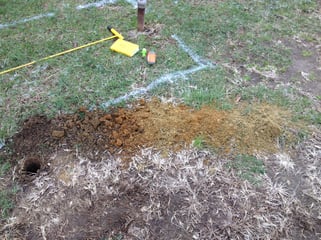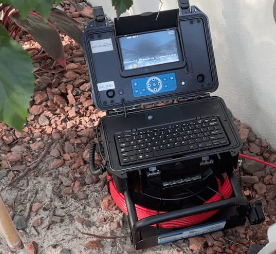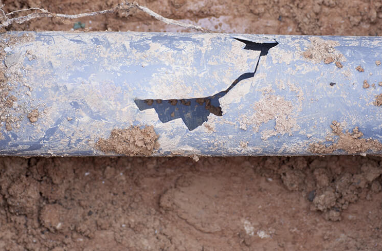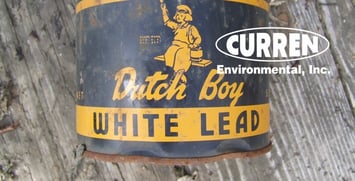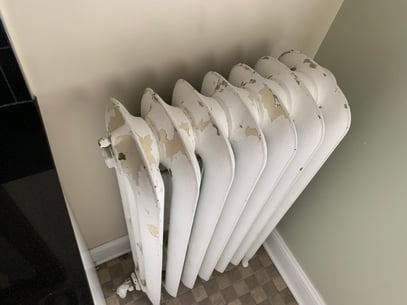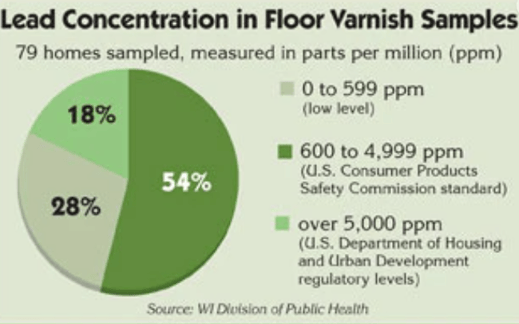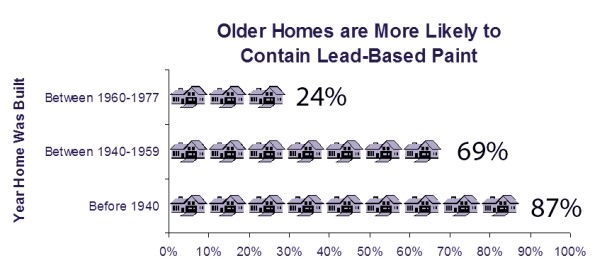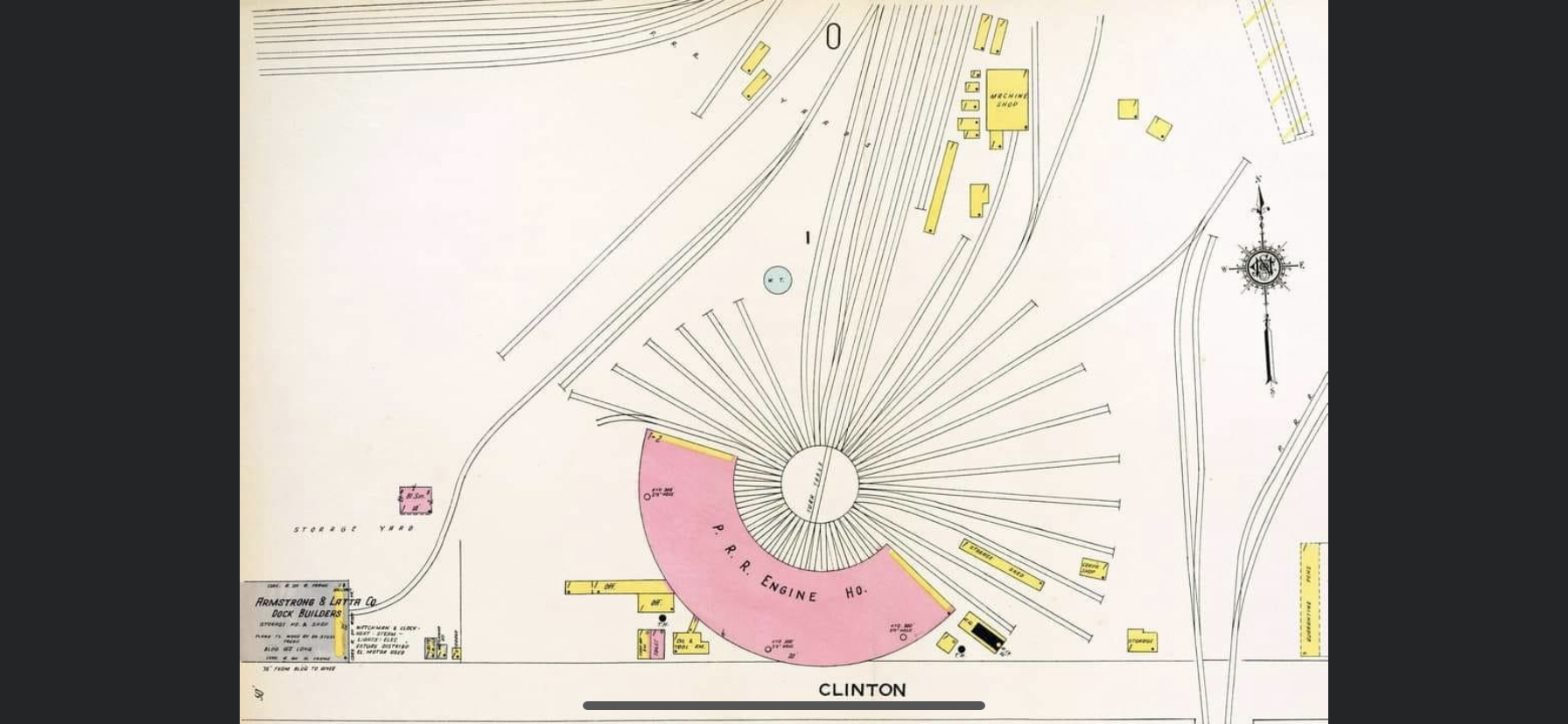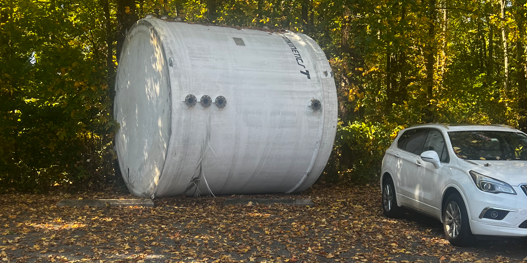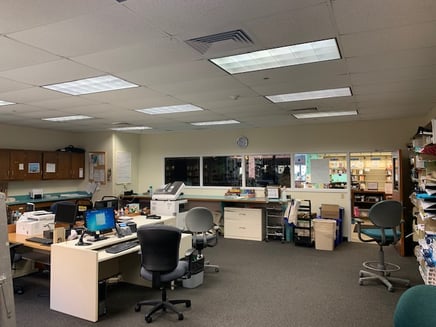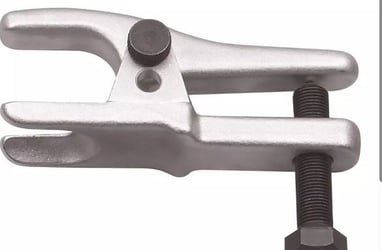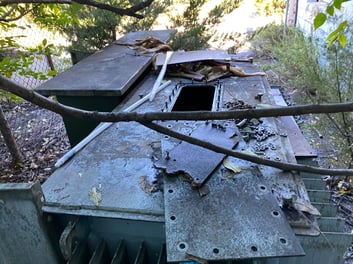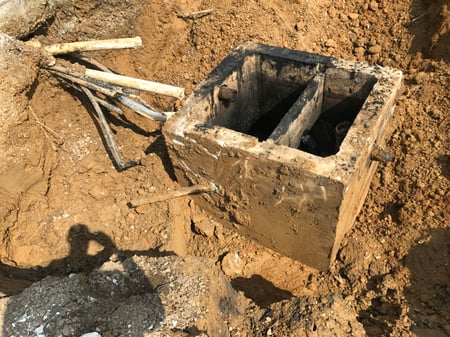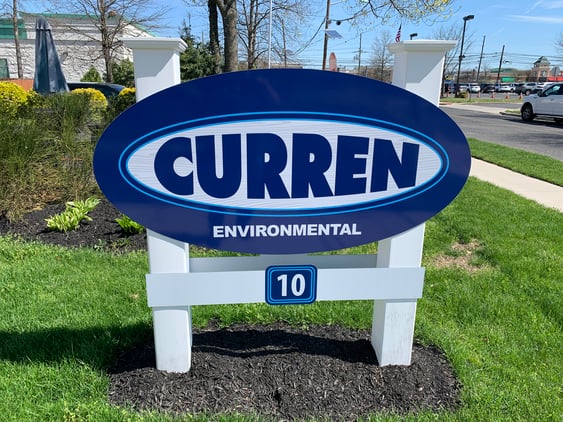Real Estate Disclosures about Potential Lead Hazards
Many homes and condominiums built before 1978 have lead-based paint. Paint that has chipped or is deteriorating, or on surfaces that rub together such as windows and doors, creates lead dust which can pose serious health hazards to occupants and visitors. Homebuyers and renters have important rights to know about whether lead is present -- before signing contracts or leases.
Home buyers
Federal law requires that when purchasing homes built prior to 1978 be informed of potential lead hazards. This disclose occurs BEFORE a contract of sale is executed. Sellers are technically required to provide the following: (Yes realtors do a lot when selling a home)

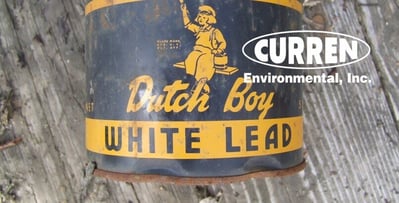
Provide a copy of the EPA or an EPA-approved information pamphlet on identifying and controlling lead-based paint hazards Protect Your Family From Lead In Your Home (PDF).
Disclose any known information concerning lead-based paint or lead-based paint hazards in the home or building. This could be a lead safe cert from an applicable NJ Lead Safe Law property, a copy of any lead risk assessments, or lead-based paint inspections.
You can provide records and reports concerning common areas and other units for multi-unit buildings when information is obtained due to a building-wide evaluation.
Having a Lead Warning statement in the contract of sale and confirms that the seller has complied with all lead notification requirements.
Allow Buyer 10 days to conduct a paint inspection or risk assessment for lead-based paint or lead-based paint hazards. This time frame can be lengthened or shortened if the buyer and seller agree to do so. Homebuyers can also waive this inspection.
If you have a concern about lead-based paint, stain or varnish you should hire a licensed lead consultant to perform an evaluation and to discuss the hazards of lead.
Lead Expert
888-301-1050
Lead can be found on the periodic table and is a naturally occurring element. Lead was used historically because it had properties that were attractive. It is moisture-resistant, malleable, easy to work with and rust-resistant. Lead was used in many products including gasoline, paints (indoor and outdoor), varnishes, piping & pottery. Lead exposure in children can cause nervous system, and kidney damage, as well as learning disabilities, attention-deficit disorder, and decreased intelligence. It can also cause behavior, speech, and language problems, hearing damage, decreased muscle and bone growth, and poor muscle coordination.
Lead-Based Paint means paint or other surface coating material that contains lead in excess of 1.0 milligrams per centimeter squared or in excess of 0.5% by weight, or such other level as may be established by federal law. The NJ Lead Law assumes lead paint is present. All lead paint inspections include a visual assessment for evaluation of deteriorated paint. The HUD regulation defines deteriorated paint as: "Any interior or exterior paint or other coating that is peeling, chipping, chalking or cracking, or any paint or coating located on an interior or exterior surface or fixture that is otherwise damaged or separated from the substrate."


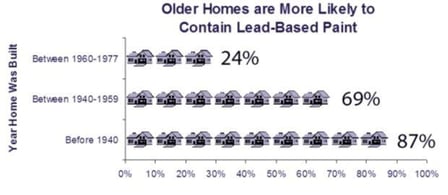 Any property subject to the NJ Lead Safe Law is now providing property owners inspection reports on lead. New Jersey lead licensing requires licensed firms to document certain facts regarding inspections nad reports. In addition, the lead inspections have included dust wipe sampling which tests for lead, these data points are now to be disclosed to future renters and buyers.
Any property subject to the NJ Lead Safe Law is now providing property owners inspection reports on lead. New Jersey lead licensing requires licensed firms to document certain facts regarding inspections nad reports. In addition, the lead inspections have included dust wipe sampling which tests for lead, these data points are now to be disclosed to future renters and buyers. 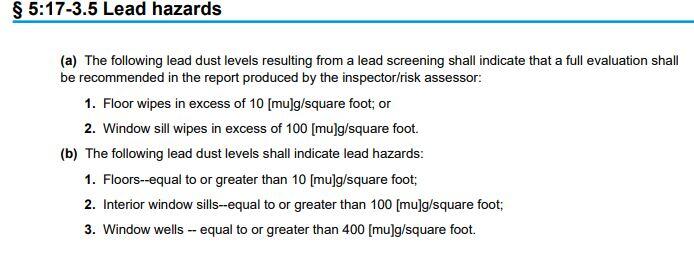
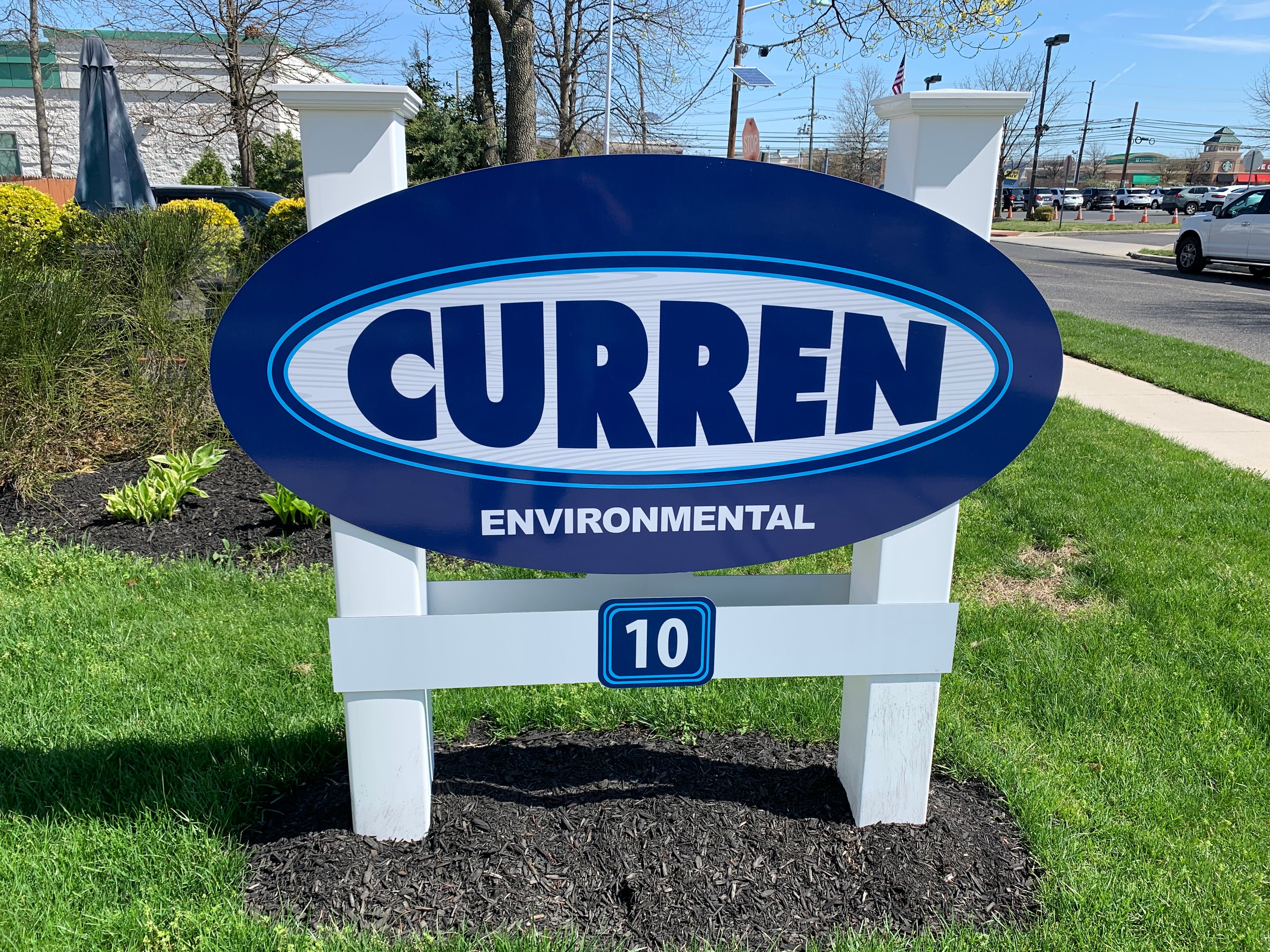
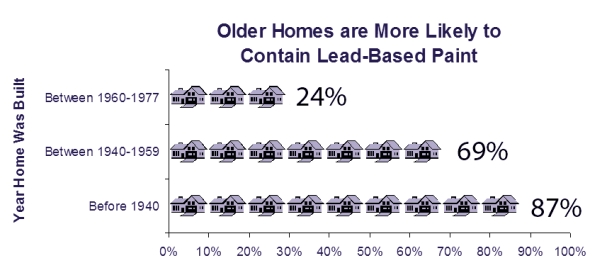
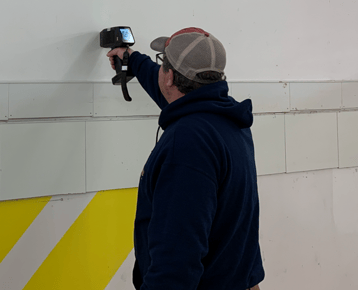
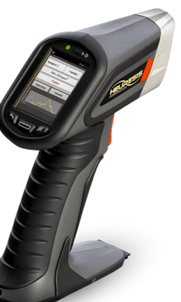
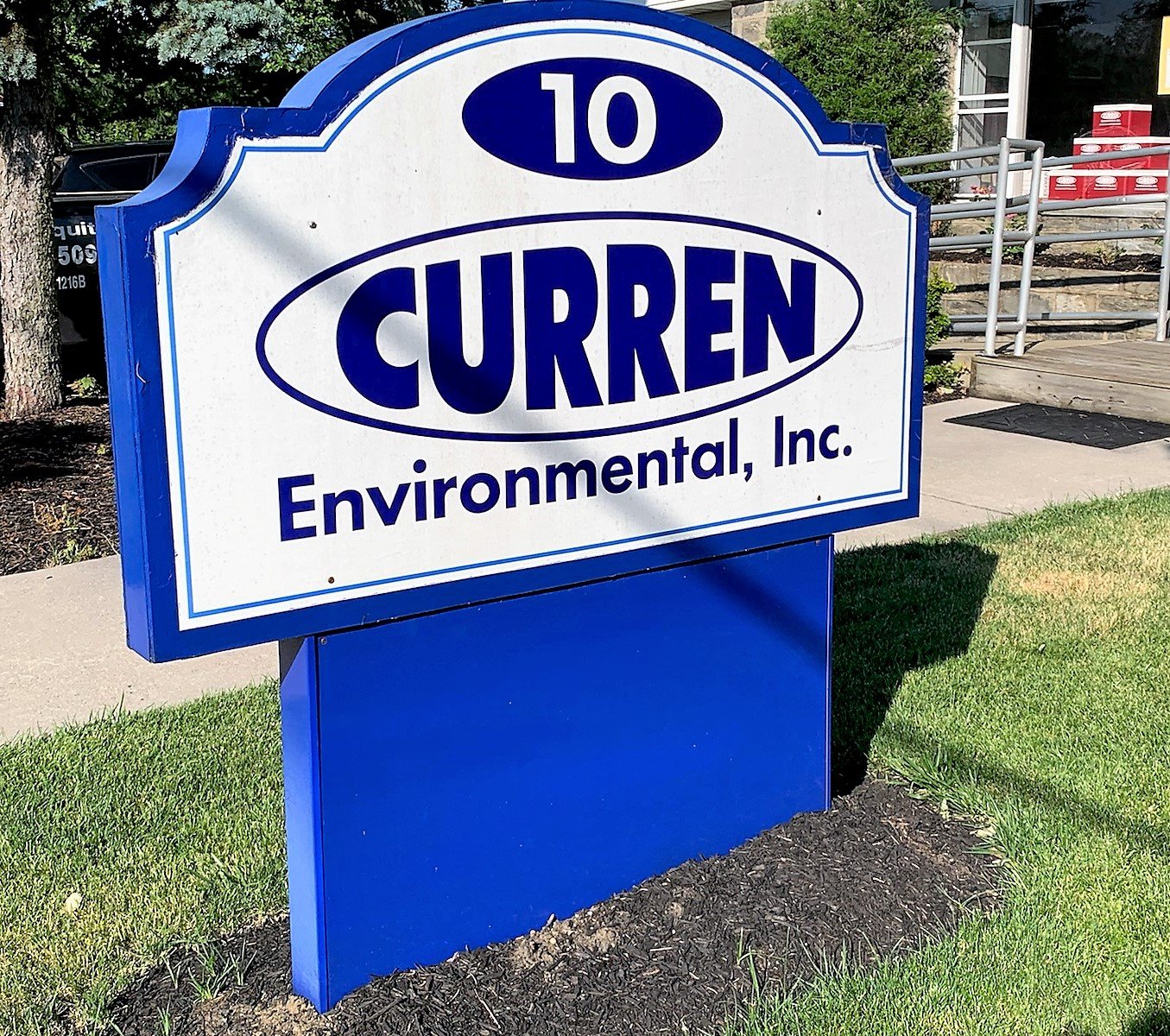
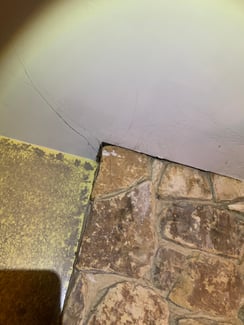 Once the inspection is complete, you should receive a report detailing what was done during the mold inspection and the interpretation of the lab data. Curren finds many inspectors leave out the interpretation of the lab data, which is pertinent information for the homeowner.
Once the inspection is complete, you should receive a report detailing what was done during the mold inspection and the interpretation of the lab data. Curren finds many inspectors leave out the interpretation of the lab data, which is pertinent information for the homeowner.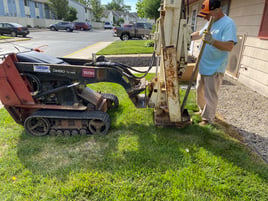
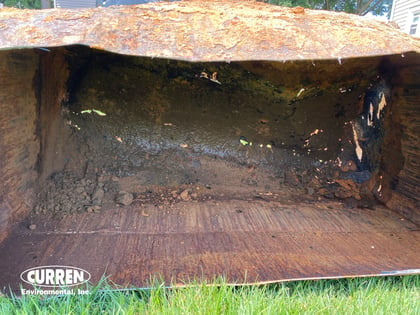 In this situation, the owner (or prior owner) stopped using the oil tank and maybe went to an above-ground storage tank (AST) or converted to natural gas. If they replaced the oil tank with an AST it is likely because the underground oil tank (UST) had problems, either leaking or taking on water in the oil tank. No one wants to spend money for the sake of spending money. Why would you want to waste money to test the oil tank, because if it's leaking it would need to be removed anyway? The professional recommendation is to remove and test under the tank. The property owner should have removed the oil tank when they stopped using the oil tank rather than shifting the buyer to the cost of removing the oil tank and testing for soil contamination.
In this situation, the owner (or prior owner) stopped using the oil tank and maybe went to an above-ground storage tank (AST) or converted to natural gas. If they replaced the oil tank with an AST it is likely because the underground oil tank (UST) had problems, either leaking or taking on water in the oil tank. No one wants to spend money for the sake of spending money. Why would you want to waste money to test the oil tank, because if it's leaking it would need to be removed anyway? The professional recommendation is to remove and test under the tank. The property owner should have removed the oil tank when they stopped using the oil tank rather than shifting the buyer to the cost of removing the oil tank and testing for soil contamination.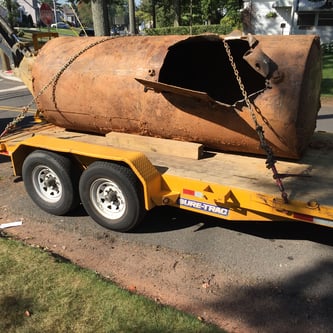 The house in this situation is circa 1900, I would estimate the home was heated by wood or coal with an oil conversion after WWII, say the tank was installed in 1950, making the oil tank 74 years old. This means the oil tank should be retired and collecting social security. Clearly, the oil tank should be removed and replaced, because even if the oil tank test passes, it would be recommended to remove the oil tank. After all, the oil tank is beyond any expectation of a reusable lifespan. The oil tank is likely leaking, because what do you have that is 74 years old and is functionally brand new - I'd love to hear about it!
The house in this situation is circa 1900, I would estimate the home was heated by wood or coal with an oil conversion after WWII, say the tank was installed in 1950, making the oil tank 74 years old. This means the oil tank should be retired and collecting social security. Clearly, the oil tank should be removed and replaced, because even if the oil tank test passes, it would be recommended to remove the oil tank. After all, the oil tank is beyond any expectation of a reusable lifespan. The oil tank is likely leaking, because what do you have that is 74 years old and is functionally brand new - I'd love to hear about it!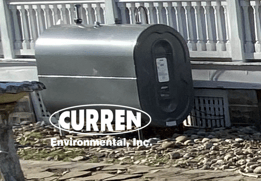 Unless you have paperwork saying the oil tank was replaced, it's the original, I can only recall two people in the past 35 years who replaced their UST with another UST and in both cases, they replaced it because the 1st oil tank leaked and it was dug it up and installed the new tank in the same excavation. Years later when we removed oil tank #2, boom oil was found in the soils.
Unless you have paperwork saying the oil tank was replaced, it's the original, I can only recall two people in the past 35 years who replaced their UST with another UST and in both cases, they replaced it because the 1st oil tank leaked and it was dug it up and installed the new tank in the same excavation. Years later when we removed oil tank #2, boom oil was found in the soils.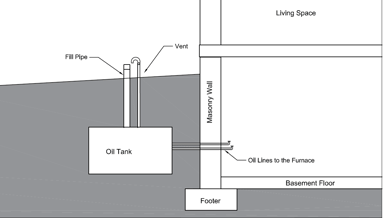 The concern regarding an oil tank is all things have a finite lifespan and require replacement. You can complete a limited subsurface investigation, a technical name for a tank test, around the current location of the number two heating oil Underground Storage Tank, (UST),
The concern regarding an oil tank is all things have a finite lifespan and require replacement. You can complete a limited subsurface investigation, a technical name for a tank test, around the current location of the number two heating oil Underground Storage Tank, (UST), 